Ancient civilizations, in all their fascination, still have things about them that many people today aren’t aware of. We’d like to share 20 of these lesser-known facts, including certain remarkable achievements and mysterious customs.
The Oldest Known Written Language

The Sumerian language is deemed the oldest written language in the world. It was developed by the Sumerians through the cuneiform script around 3100 BC, and Brittanica also says that this language flourished, especially during the third millennium BC. However, the Egyptian hieroglyphs also deserve a mention here, as they’re said to have come from around 3100 BC.
Advanced Medical Knowledge in Egypt

Ancient Egyptians are also known to have implemented highly professional methods in their practice of medicine. They had advanced knowledge of anatomy and, hence, surgery; they could treat dental, gynecological, gastrointestinal, and urinary conditions. They could even diagnose diabetes and cancer.
The Invention of the Wheel in Mesopotamia

Mesopotamians are credited with inventing the wheel around 3500 BCE. Initially used for pottery, this invention revolutionized transport and machinery. The potter’s wheel, in particular, advanced the production of pottery and ceramics, and wheels on vehicles, in general, enabled more efficient movement of goods and people, significantly impacting trade and daily life.
The First Democracy in Athens

Termed ‘Athenian democracy,’ the first ever democracy sprang up in Athens around 5 BC. It only lasted until 4 BC and gave every male, called the demos, equal rights to free speech and participation in every area of politics. Although it didn’t satisfy modern ideas of equality, it undoubtedly has an everlasting impact on shaping modern politics.
The Ingenious Roman Aqueducts
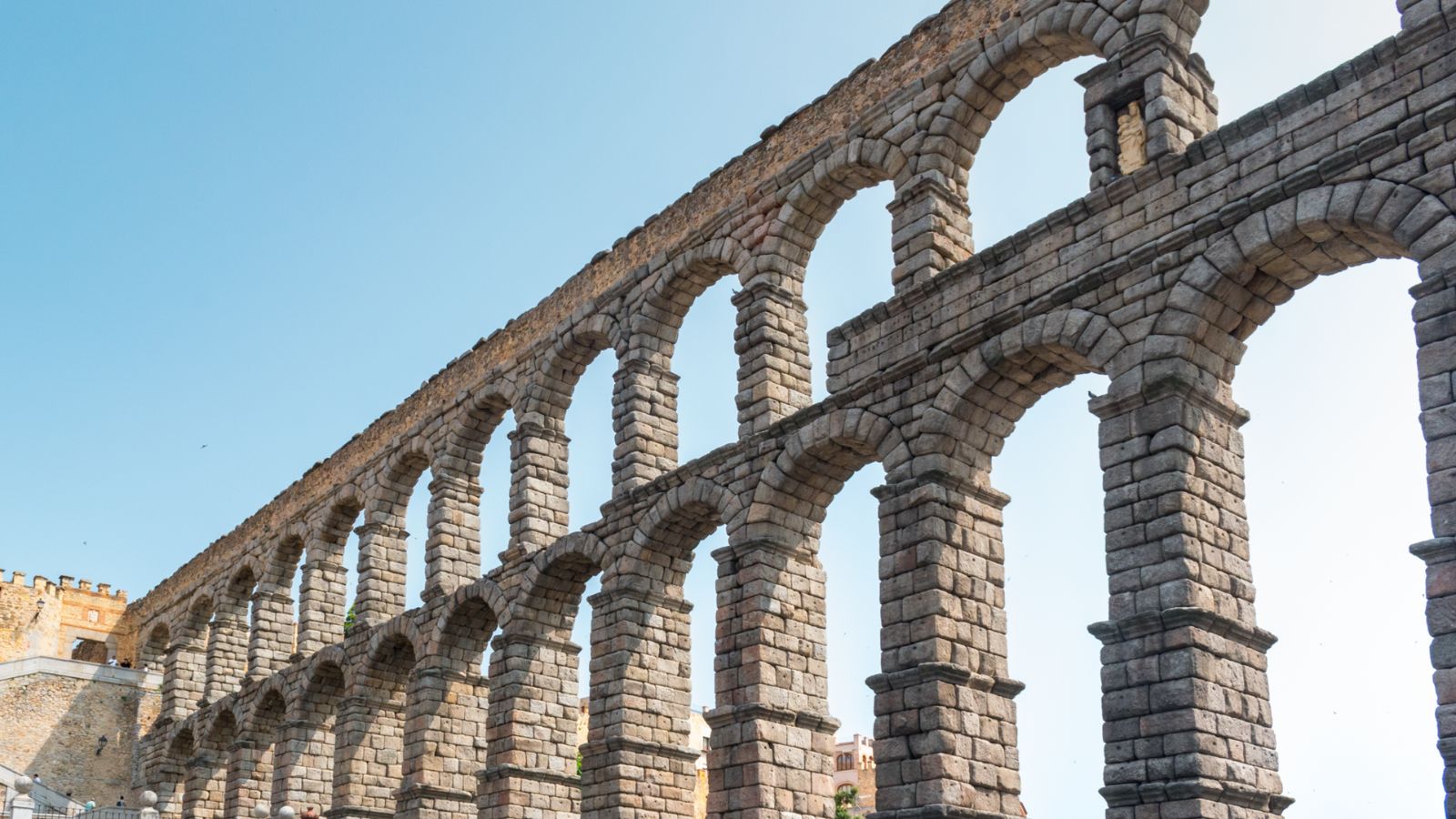
Roman aqueducts exemplify ancient engineering prowess. These structures, some stretching over 50 miles, transported water from distant sources to cities and towns. The precision in their construction, involving gradients of just inches per mile, ensured a steady flow of water for public baths, fountains, and private homes. Some aqueducts are still in use today, like the Aqua Virgo.
The Legal Codes of Hammurabi
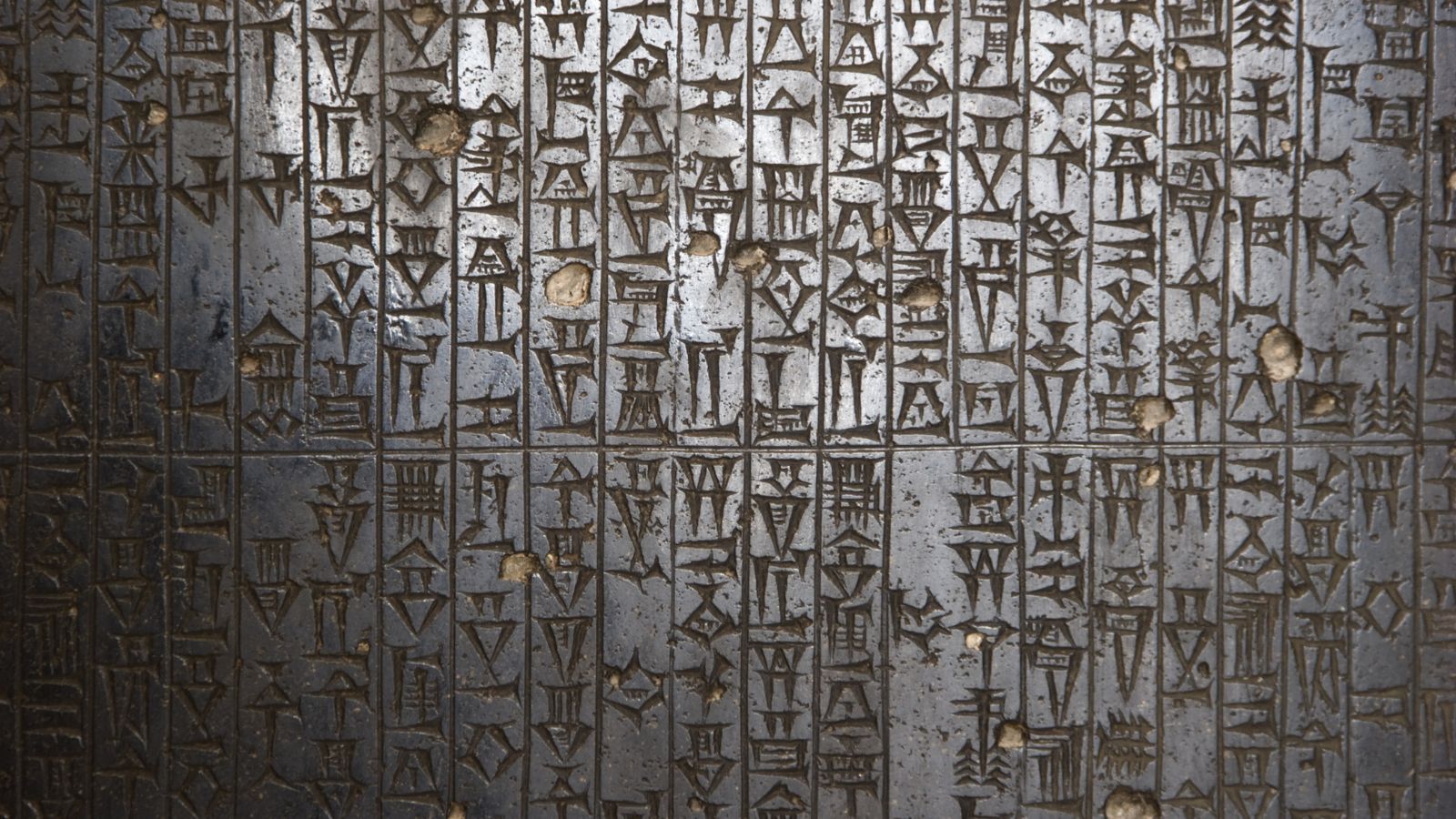
Hammurabi, a Babylonian king, established one of the earliest and most comprehensive legal codes around 1754 BCE. The Code consisted of 282 laws covering various aspects of society, from property rights to criminal justice. The stele displaying the laws was discovered in Susa, and this code emphasized the principle of retribution and influenced subsequent legal systems.
The Mysterious Indus Valley Civilization

The Indus Valley Civilization, which flourished around 2500 BCE, remains one of history’s enigmas. Notable for their urban planning, the cities featured grid layouts, advanced drainage systems, and standardized weights and measures. However, their script remains undeciphered, leaving much about their culture and governance unknown. Artifacts like the dancing girl statue reveal their artistic skill.
Mayan Astronomical Achievements

The Mayans were exceptional astronomers, creating detailed calendars and understanding celestial movements. Their Long Count calendar predicted astronomical events with remarkable accuracy. Structures like El Caracol in Chichen Itza functioned as observatories, reflecting their deep knowledge of the stars and their significance in Mayan society. They also developed complex systems for tracking solar and lunar cycles.
Intricate Inca Road System
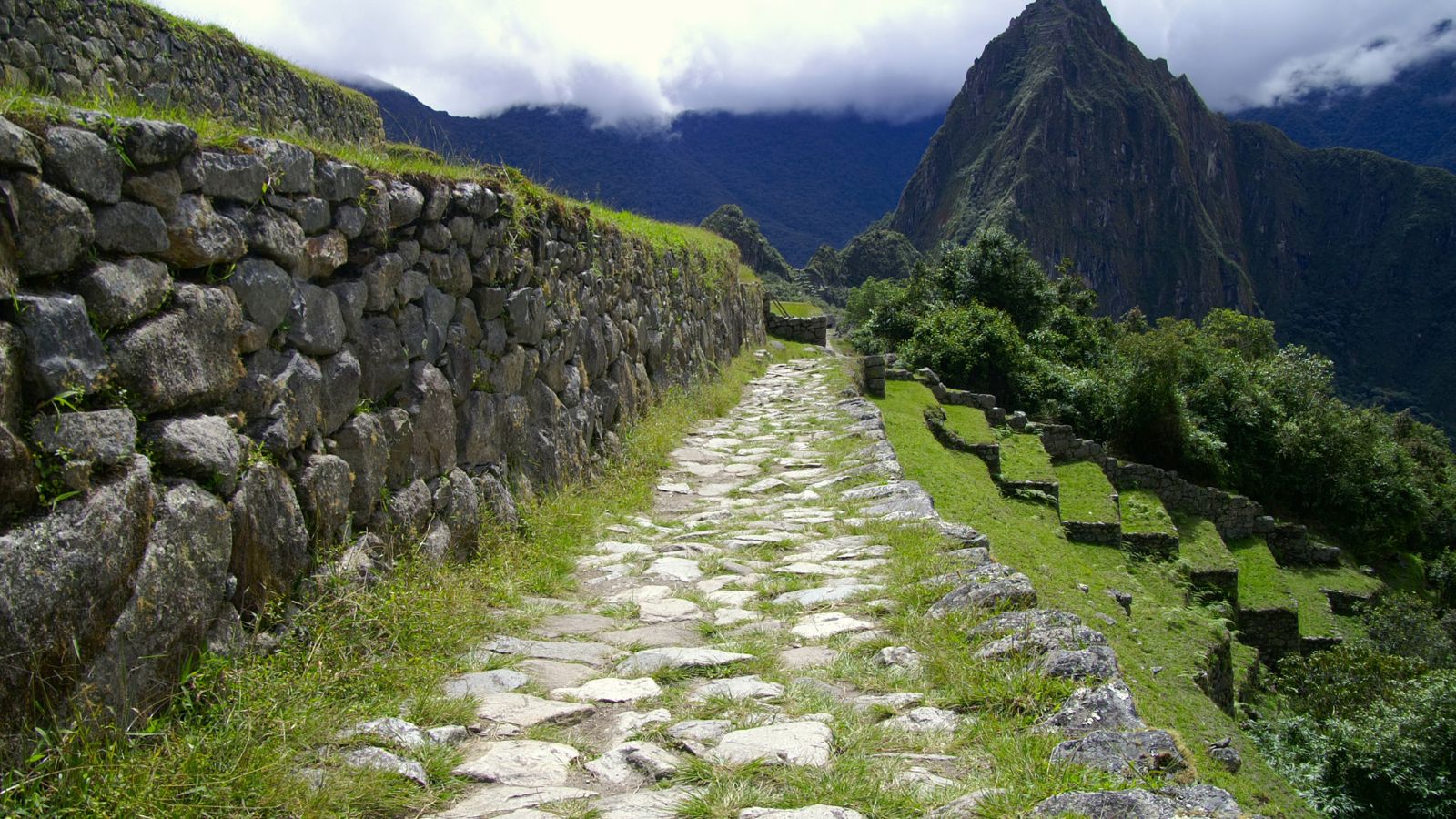
The Incas constructed an extensive and sophisticated road system spanning over 24,000 miles, connecting various parts of the vast empire and facilitating trade, communication, and military movement. Bridges, tunnels, and way stations (tambos) supported the infrastructure, showcasing their engineering ingenuity and organizational skills. The famous Inca Trail to Machu Picchu is part of this network.
Advanced Mathematics of the Babylonians

Babylonians developed advanced mathematical concepts, including the base-60 system, influencing our time and angle measurements. Clay tablets reveal their knowledge of algebra, geometry, and even quadratic equations, and this level of mathematical expertise played a crucial role in their astronomy and architectural accomplishments. They also used a place value system, a precursor to the decimal system.
The Phoenician Alphabet
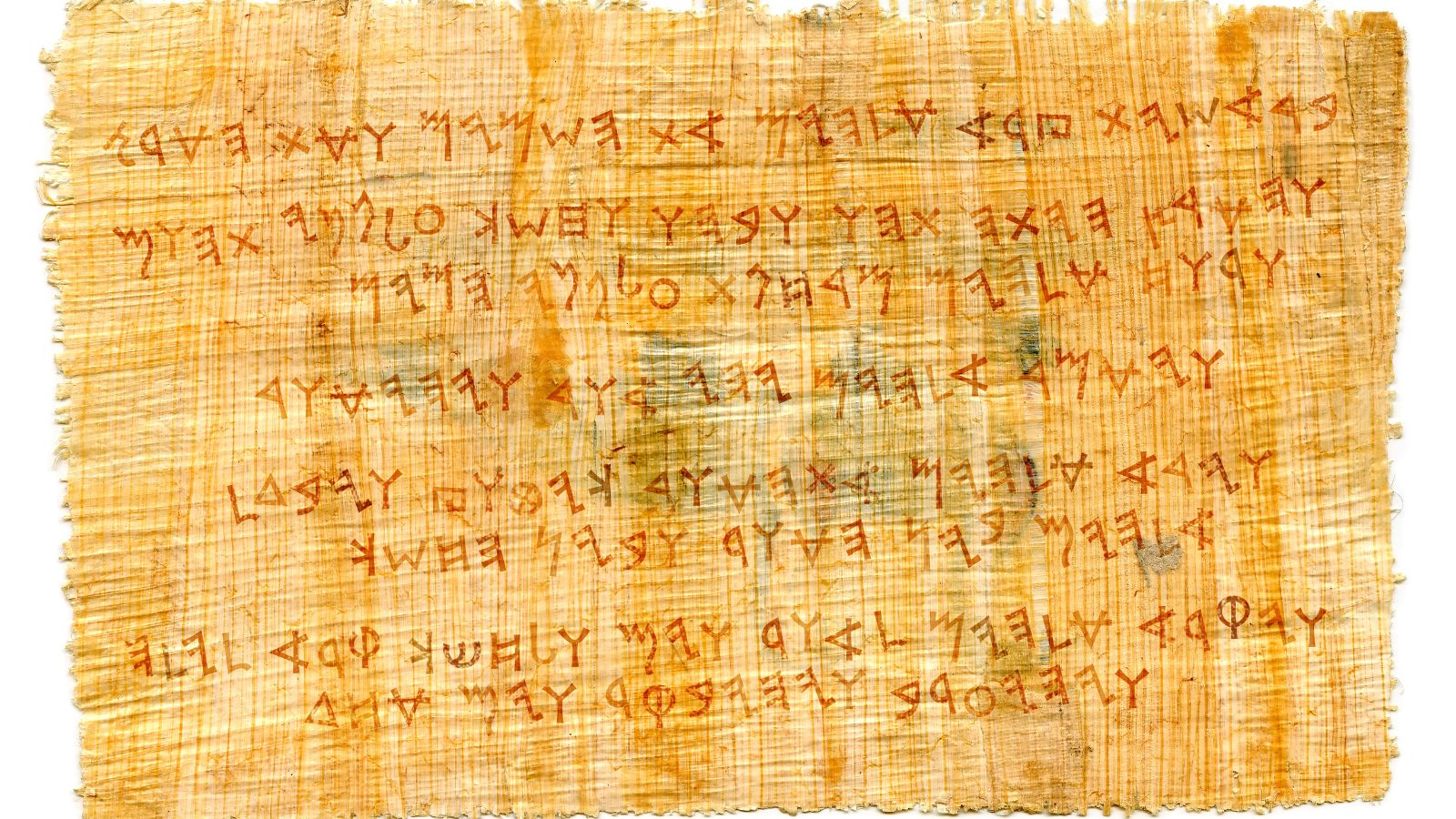
The Phoenicians developed one of the first alphabets around 1050 BC, greatly influencing modern writing systems. Unlike previous writing methods, their alphabet used symbols to represent sounds, simplifying writing and literacy. This innovation spread through trade, significantly impacting other cultures, including the Greeks and Romans.
The Resilient Minoan Civilization
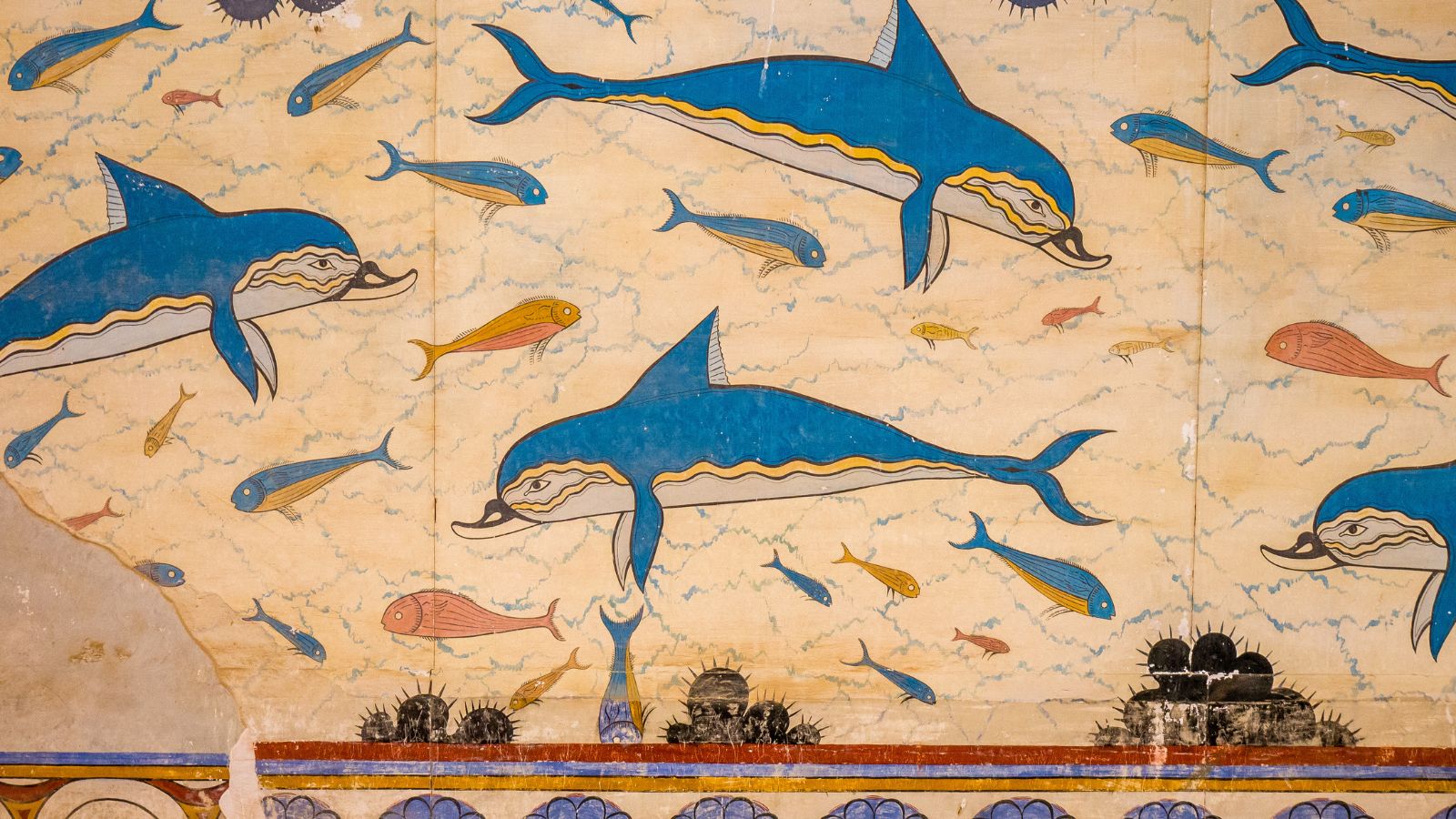
Known for their elaborate palaces and vibrant frescoes and based on Crete, the Minoans thrived from approximately 2600 to 1100 BC. They had a complex society with advanced art, trade, and bureaucracy, and despite natural disasters and invasions, their cultural influence persisted, particularly in Greek mythology and art. The palace of Knossos is a testament to their architectural skill.
The Skilled Metallurgy of the Hittites
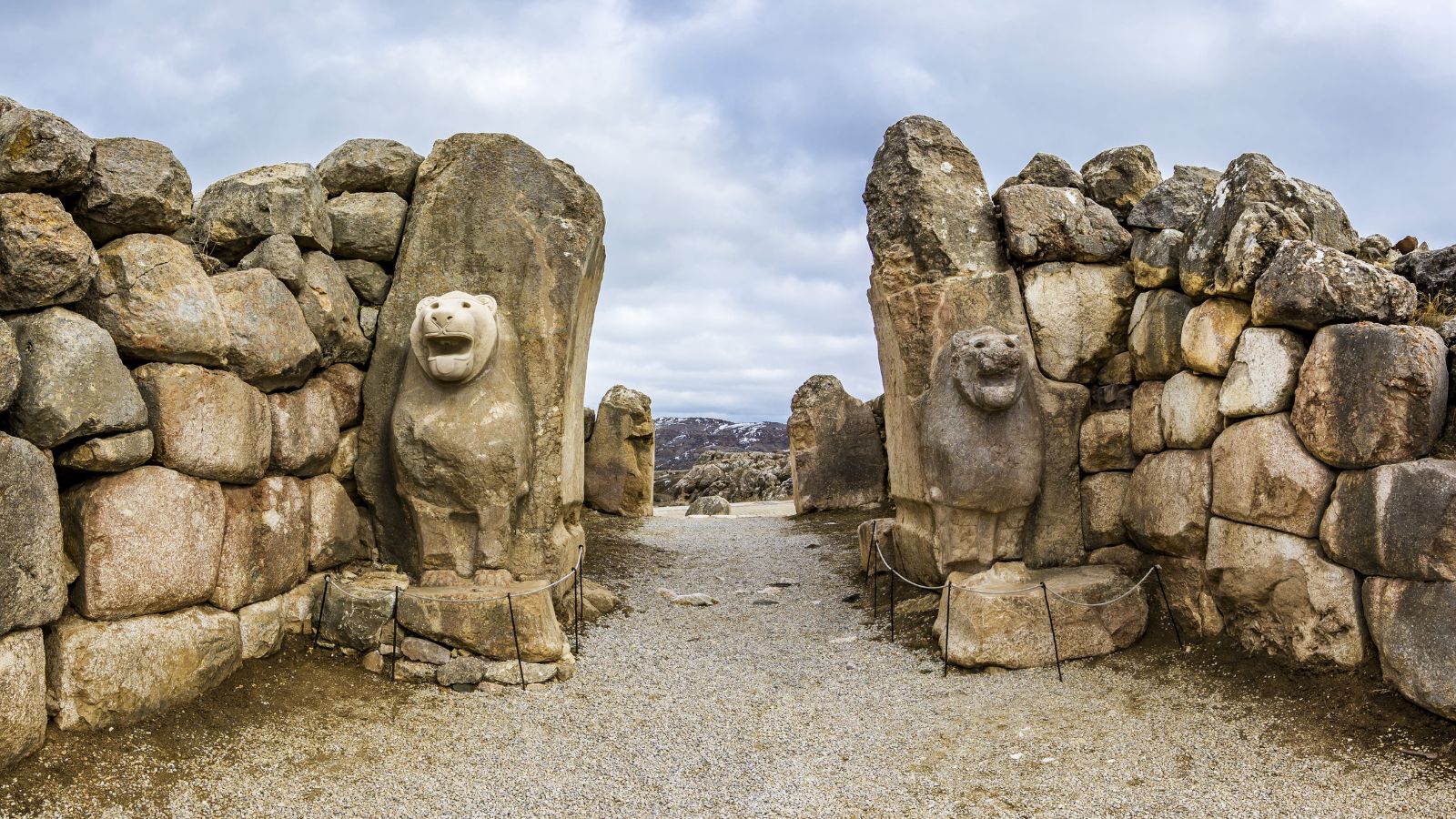
The Hittites, who rose to prominence around 1600 BCE, were pioneers in ironworking. Their ability to smelt and forge iron weapons and tools and their highly advanced chariot designs gave them a significant military and economic advantage. This technological breakthrough marked the transition from the Bronze Age to the Iron Age, transforming societies across the ancient world.
The Carthaginian Maritime Empire
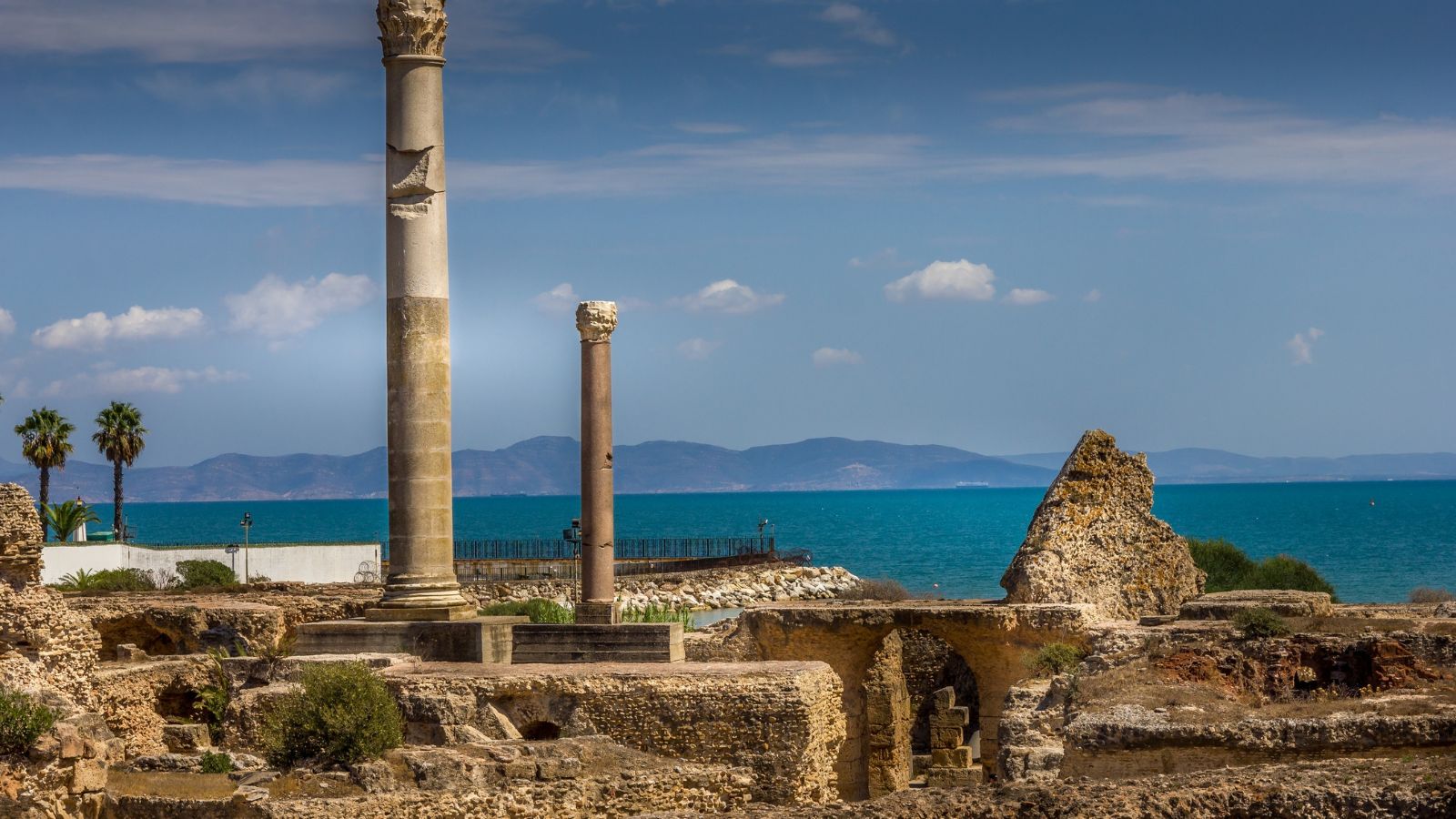
Known for their seafaring skills, the Carthaginians dominated trade in the Mediterranean. They established a vast maritime empire from Carthage, their powerful city-state in North Africa, and their strategic location and formidable navy allowed them to control crucial trade routes, facilitating cultural and economic exchanges across the region.
The Terracotta Army of Qin Shi Huang

Qin Shi Huang, the first Emperor of China, commissioned the creation of the Terracotta Army to guard his tomb. Discovered in 1974, this remarkable archaeological find includes thousands of life-sized clay soldiers, horses, and chariots. Each figure is unique, reflecting the emperor’s desire for an elaborate afterlife defense, and the complex spans approximately 38 square miles.
The Seafaring Polynesians

Polynesians were exceptional navigators, using the stars, wind, and ocean currents to explore and settle vast areas of the Pacific Ocean. Their double-hulled canoes allowed them to travel great distances, reaching as far as Hawaii, New Zealand, and Easter Island, demonstrating their remarkable seafaring skills and adventurous spirit. Oral traditions preserved their navigational knowledge across generations.
The Cultural Richness of the Gupta Empire
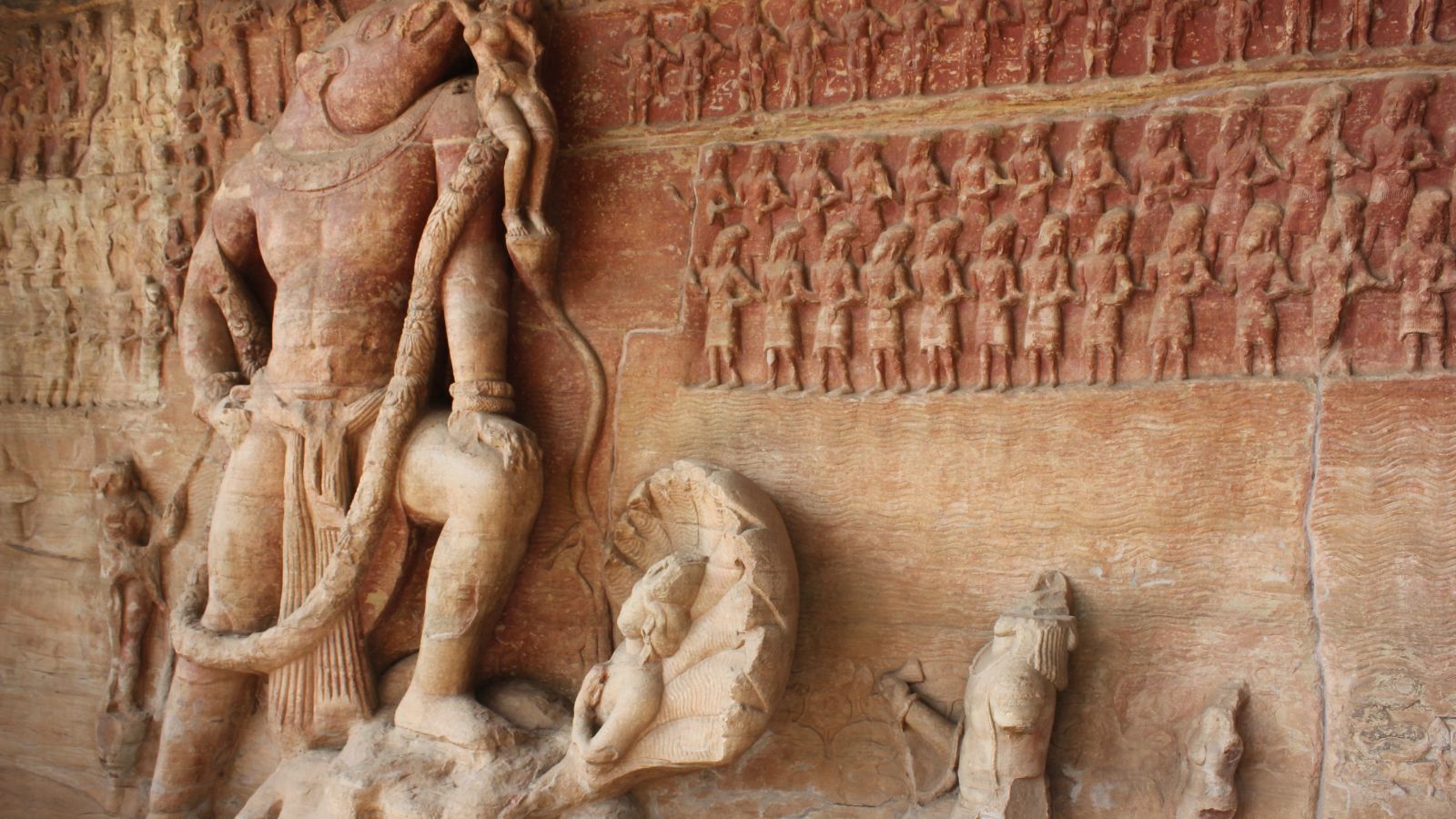
The Gupta Empire flourished in India from the 4th to 6th centuries CE and is known for its cultural and scientific achievements. This period, often referred to as the Golden Age of India, saw advancements in mathematics, astronomy, and literature. Innovations like the concept of zero and influential works in Sanskrit literature originated here.
The Sophisticated Urban Planning of Mohenjo-Daro
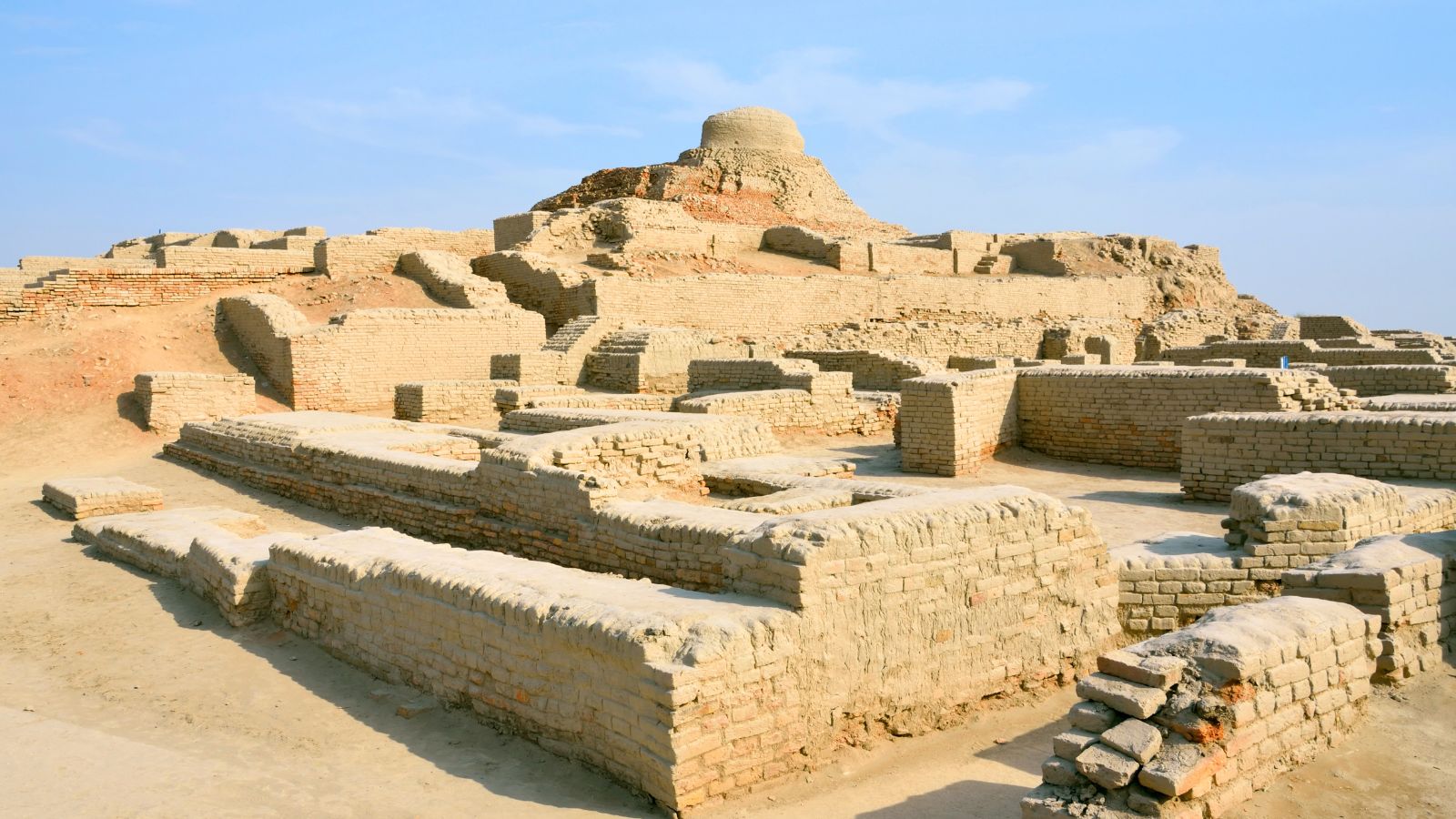
Mohenjo-Daro, a major city of the Indus Valley Civilization, showcased advanced urban planning. The city featured a grid layout, standardized brick sizes, and an impressive drainage system. Public baths and granaries highlighted their emphasis on public welfare and sanitation and reflected a highly organized and sophisticated society.
The Scientific Contributions of the Islamic Golden Age
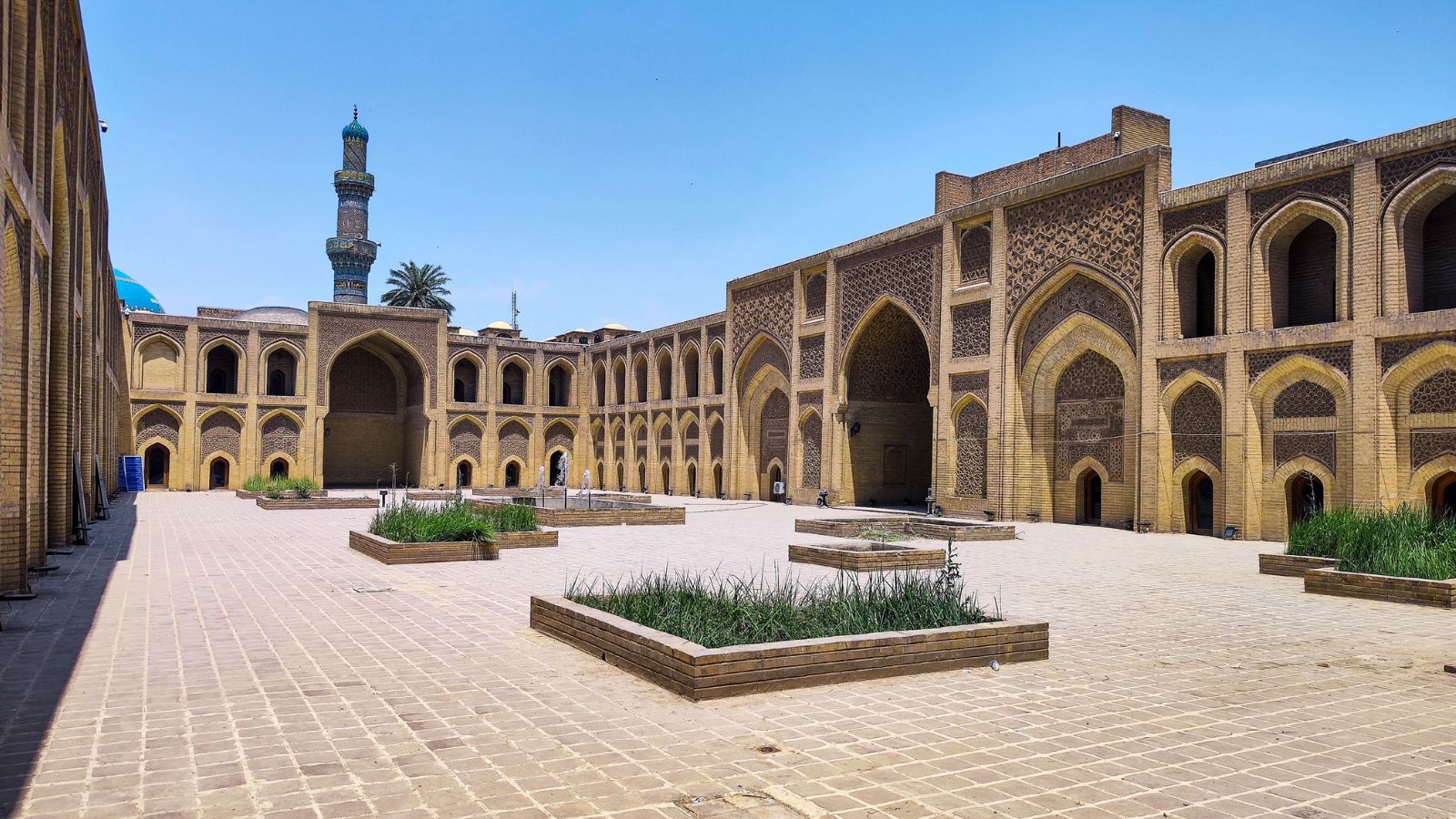
Scholars made significant scientific contributions during the Islamic Golden Age (8th to 14th centuries CE), and the House of Wisdom in Baghdad was a key center for learning. Innovations in medicine, mathematics, astronomy, and chemistry were documented in Arabic texts, and figures like Al-Khwarizmi, the father of algebra, and Avicenna, a renowned physician, played crucial roles in preserving and advancing knowledge.
The Political Organization of the Iroquois Confederacy
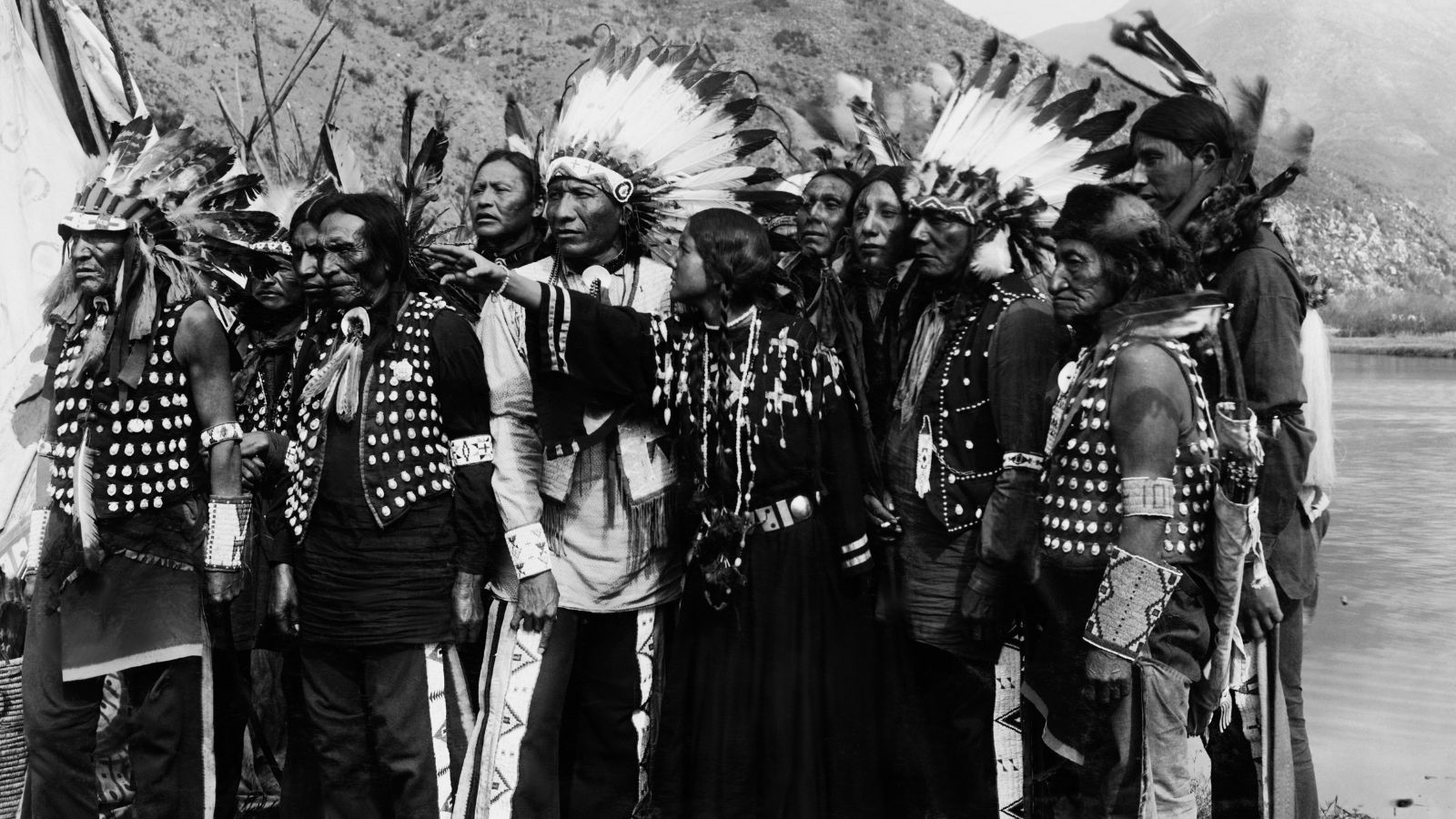
The Iroquois Confederacy, a powerful alliance of Native American tribes in the northeastern United States, had a sophisticated political system. The confederacy included the Mohawk, Oneida, Onondaga, Cayuga, and Seneca tribes, and their Great Law of Peace established a council of representatives from each tribe. This system influenced later democratic ideas, including that of the U.S.
Up Next: 20 Personal Things You Should Never Share With Others

Building meaningful connections with others requires a certain level of transparency and trust, but that doesn’t mean you have to tell your friends and family members everything! Some aspects of our lives are too personal, incriminating, or risky to share. This article explores 20 aspects of your personal life that you should always keep confidential.
20 Personal Things You Should Never Share With Others
18 Things Everyone Forgets to Include in Their Will—But Shouldn’t

Wills and estate plans are essential ways to ensure what will happen to your belongings and property when you die or are incapacitated. However, people often forget to include important information in their wills before it’s too late, complicating matters for their descendants. Here are the 18 common things people forget to include in their will.
18 Things Everyone Forgets to Include in Their Will—But Shouldn’t
18 Items at Walmart that Aren’t Worth Your Hard-Earned Money

For many of us, Walmart is the go-to superstore. Whether we need groceries, clothing, or technology, Walmart is a one-stop shop for everything you would need. However, there are some Walmart products you should avoid at all costs, such as the following 18 examples.
18 ITEMS AT WALMART THAT AREN’T WORTH YOUR HARD-EARNED MONEY
